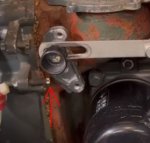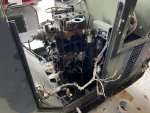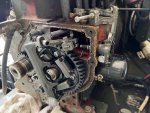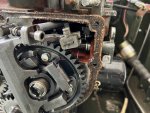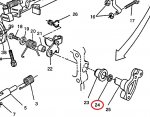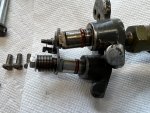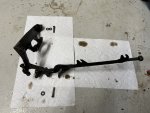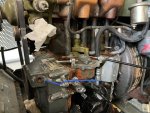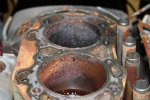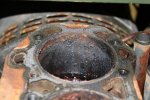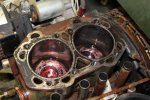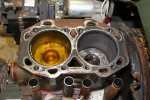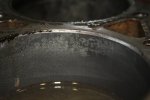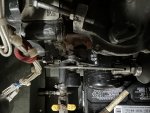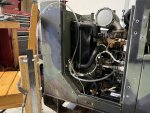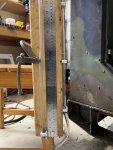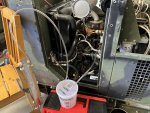Since I have a pair of those copper washers left over that dops in before the injectors, I'm going to pull the injectors on the spare unit in the morning, just to make sure they go with that unit. If the spare set DOES have those copper washers, then I forgot to install them on this unit that won't start, and that would certainly explain the issue.
Even if this set that I can't get started does have washers, I'll probably still pull the injectors and pull out the washers and annealing them like I did the 2006 I have been working on. Never did that on any of the other sets I worked on, but figured that would be one thing to do to help if this is a compression issue.
If it is getting fuel, compression is about the only thing left that could keep it from firing I would think.
I saw a couple of old threads about an adapter for testing compression on these engines, but I don't believe anyone is actually selling any at this point?
Even if this set that I can't get started does have washers, I'll probably still pull the injectors and pull out the washers and annealing them like I did the 2006 I have been working on. Never did that on any of the other sets I worked on, but figured that would be one thing to do to help if this is a compression issue.
If it is getting fuel, compression is about the only thing left that could keep it from firing I would think.
I saw a couple of old threads about an adapter for testing compression on these engines, but I don't believe anyone is actually selling any at this point?



